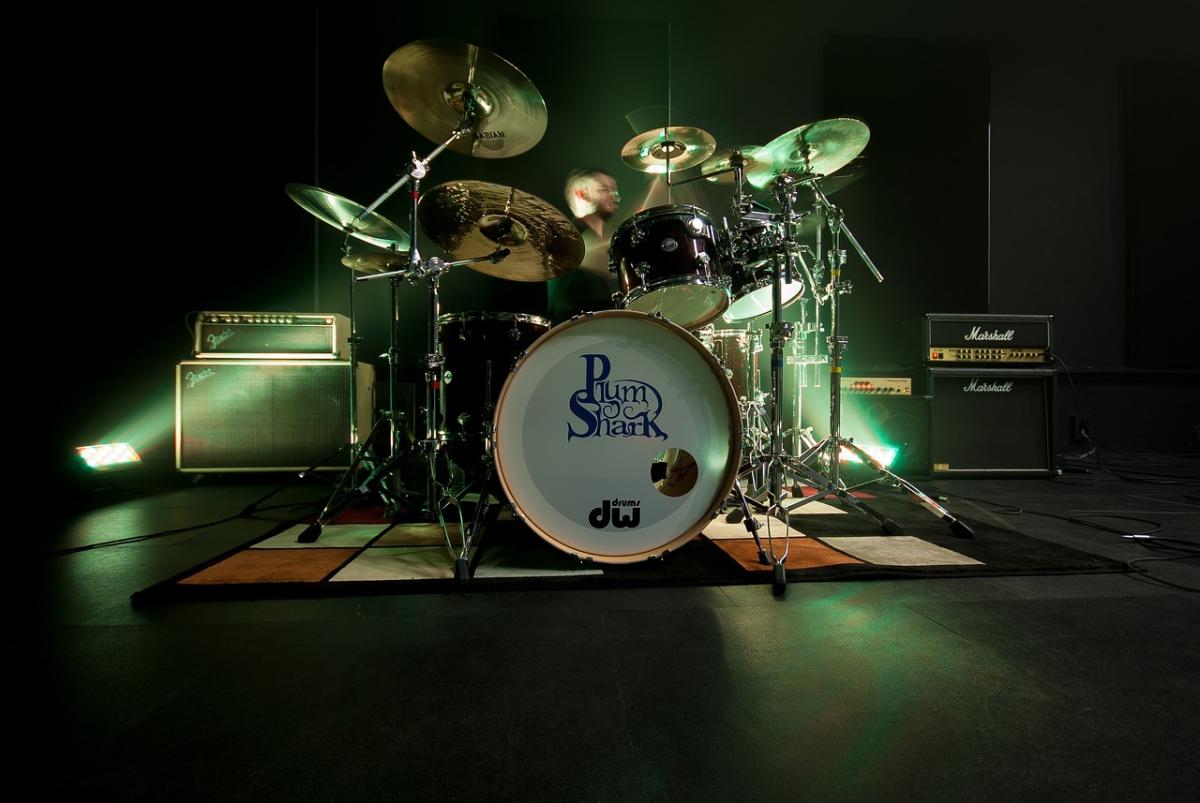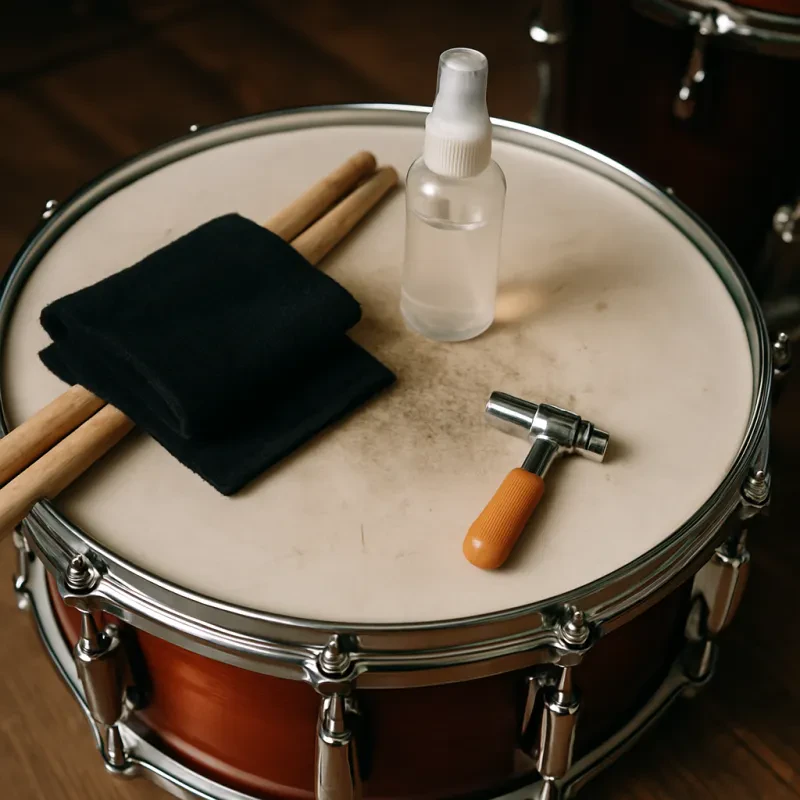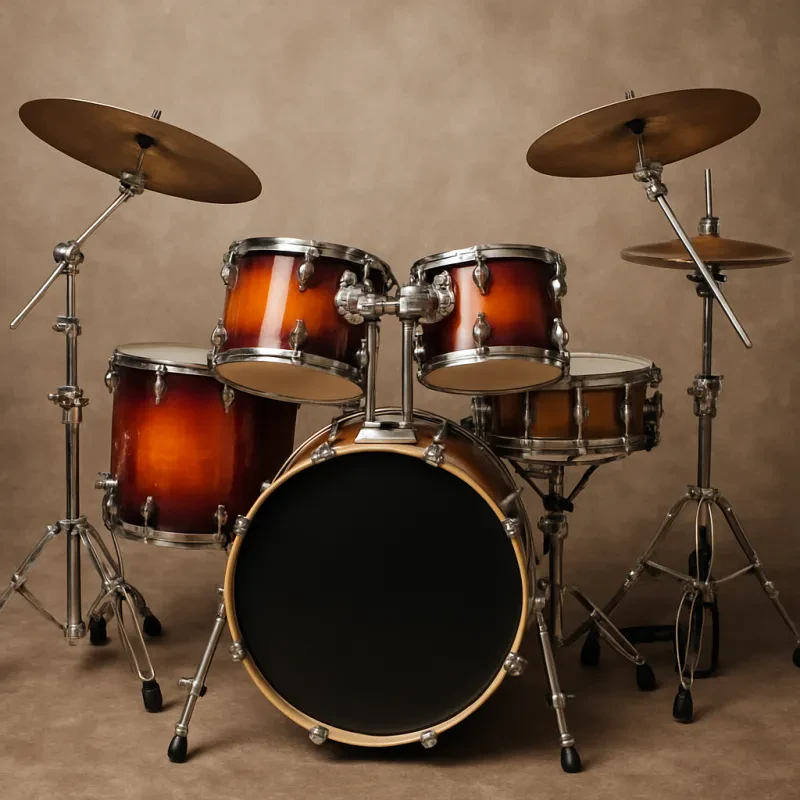Drum sets have come a long way since their humble beginnings. If you rewind the clock to the 19th century, you’ll find a different musical landscape. Back then, drummers played single percussion instruments like snare drums and cymbals, often in marching bands or orchestras. The need for portability and versatility started to shape the future of drumming.
As bands began to evolve, musicians wanted a way to combine these individual instruments. This need led to the creation of the first drum kits in the late 1800s. These early kits typically included a snare drum, a bass drum, and a couple of cymbals. They were often played by a single drummer who aimed to provide a full rhythm section for the growing jazz and dance band scene.
The term “drum set” began to catch on in the early 20th century as jazz music exploded in popularity. Drummers like Buddy Rich and Gene Krupa started to innovate, bringing new sounds into the mix. Krupa, in particular, is credited with popularizing the use of the bass drum pedal, which allowed drummers to create complex rhythms while freeing up their hands for other instruments.
During this time, manufacturers began producing more advanced drum sets to meet the growing demand. These kits became more elaborate, with additional tom-toms, cymbals, and unique accessories. Drummers could now express themselves in new ways, shaping the sounds we hear in modern music today.
The Jazz Age and Drum Innovation
The Jazz Age, spanning from the 1920s to the 1930s, was a thrilling time when music transformed dramatically. With jazz taking center stage, drummers began to play a crucial role in shaping the sound of bands. They weren't just keeping time anymore; they were adding richness to melodies and bringing energy to every performance.
During this era, drum sets started to evolve in impressive ways. Manufacturers began producing more sophisticated instruments, like the bass drum, snare drum, and cymbals, that could be played together seamlessly. Drummers like Gene Krupa were breaking all the rules, showcasing their skills not just as timekeepers but as captivating performers. Their wild rhythms became the heartbeat of jazz music.
Another key innovation of this time was the introduction of the hi-hat. This new addition allowed drummers to create intricate, syncopated rhythms that contributed to the lively feel of jazz. The hi-hat, played with a foot pedal, added a whole new layer of complexity and flair, making performances even more exciting to watch.
As different styles of jazz emerged, so did the need for diverse sounds and techniques. Drummers started using brushes along with drumsticks, which brought a softer, more subtle sound to the mix. This adaptability was essential as jazz began influencing countless other genres, paving the way for future styles and innovations in drumming.
Rock and Roll Transforms Drumming
When rock and roll burst onto the scene in the 1950s, it changed the game for drummers everywhere. Suddenly, the drum set wasn’t just a background instrument; it was front and center, driving the rhythm of the music. Artists like Buddy Rich and later Ringo Starr showed everyone just how exciting drumming could be, infusing energy and passion into their performances.
With the rise of rock, drum sets evolved too. Drummers began to crave more than just a basic kit. They wanted versatility, power, and a whole lot of character. This led to the emergence of larger kits with additional toms, cymbals, and snare drums. The iconic three-piece set of earlier days transformed into elaborate setups that allowed for a wider range of sounds and expressions.
As rock music diversified into various subgenres – from punk to metal – drummers adapted their kits to suit their styles. Double bass pedals became popular in heavy metal, giving drummers the ability to play faster and more complex rhythms. Meanwhile, in punk rock, simplicity was key, but drummers still found innovative ways to make their sets unique and impactful.
Today, drumming in rock isn't just about keeping time; it's about showcasing skill and creativity. Modern drummers often use electronic components alongside traditional drums, blending acoustic sounds with electronic beats. This fusion keeps drumming fresh and exciting, continuing to inspire new generations of musicians eager to explore what’s possible behind the kit.
Modern Drum Sets and Technology Today
Modern drum sets have come a long way, blending traditional craftsmanship with the latest technology. Today’s drummers have a variety of options that not only sound great but also come packed with innovative features. Whether you’re a beginner or a pro, the advancements in drum technology can take your playing experience to a whole new level.
One of the biggest changes is the introduction of electronic drum kits. These aren’t just for studio use anymore; they’re perfect for gigs too! They offer the flexibility to play a range of sounds—from classic acoustic to electronic beats. Plus, you can easily adjust volume levels, which is a lifesaver in small venues or at home. Many kits even come with built-in practice modes and sequencing capabilities, which can help you hone your skills.
Acoustic sets have also evolved. You can find drums made from various materials like maple or birch, each giving a unique sound. Manufacturers are constantly experimenting with shell designs, including deeper drums for a richer tone. Many modern kits also feature quick-release hardware, making setup and teardown a breeze.
Another cool aspect of today’s drumming gear is connectivity. Many companies are now integrating Bluetooth and USB ports into their drum kits, allowing drummers to connect to apps and DAWs easily. This means you can track your progress, jam along with tracks, or even collaborate with other musicians from anywhere in the world! It’s an exciting time to be a drummer.



